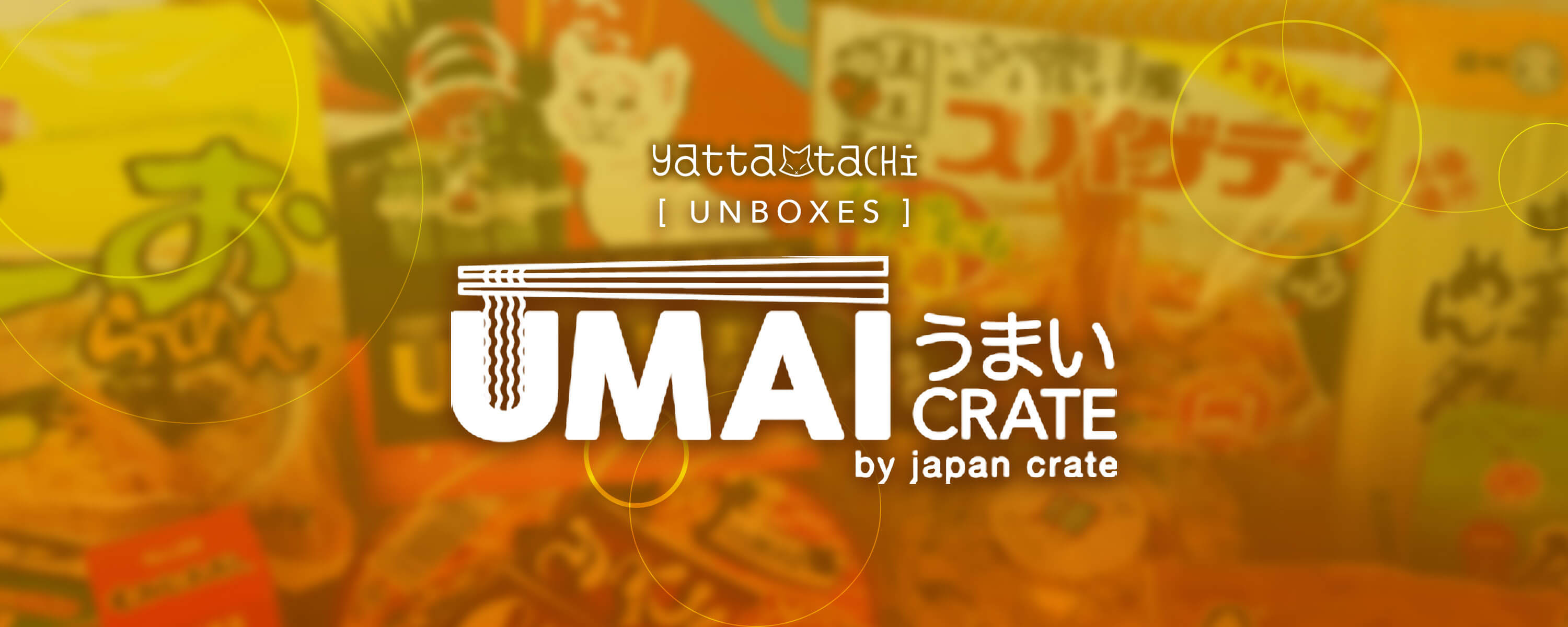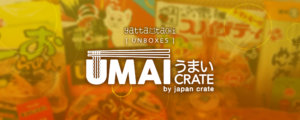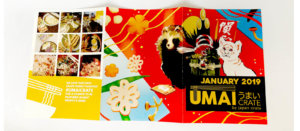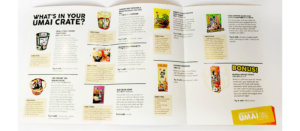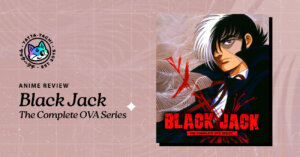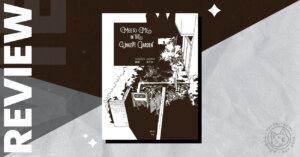For me, instant noodles were never just a college phase, but a way of life. Sure, they’re affordable and convenient to make, but that doesn’t mean you have to confine yourself to flavors like “Chicken” or “Roast Chicken.” Umai Crate gives noodle fans a curated selection that represents the authentic Japanese instant noodle experience. From contemplating the mouthfeel of udon and how pretentious that makes me sound, to doing a deep dive into tanuki testicle lore, this month’s crate took me on a journey that I can’t wait to share.
What is Umai Crate?
Umai Crate, one of the side-projects from Japan Crate, is a Tokyo-based instant ramen subscription service. Each box is curated and shipped directly from Japan, so you know you’re getting the good noodles.
Cost: $30 a month + free shipping
Contents: 7-8 Japanese-exclusive instant noodle dishes + a bonus collectible
Ships to: Worldwide
Unboxing
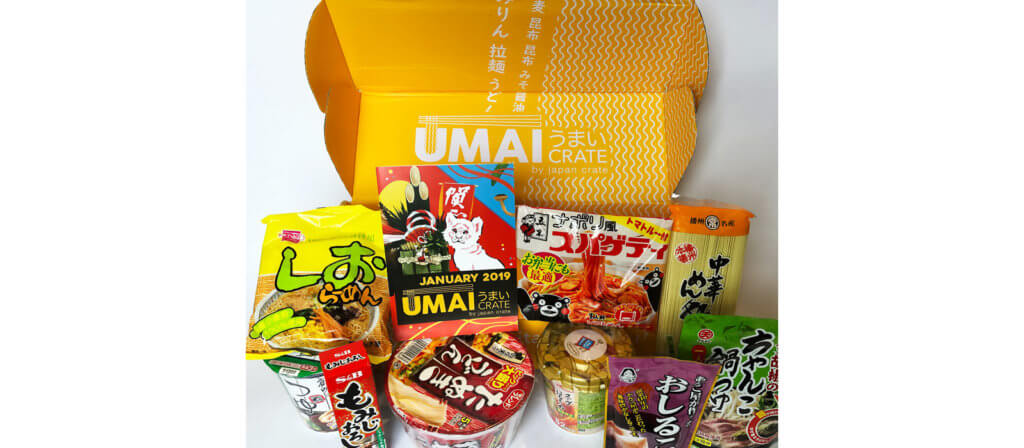
If there’s one thing Umai Crate has going for it, it’s easily recognizable packaging. Rather than going with a more muted aesthetic like other – arguably, weaker – monthly boxes, Umai Crate’s bright yellow exterior practically kicks down the door, giving everyone in the office a glimpse into your totally normal personal life. Coworkers’ judgmental glances aside, I actually really enjoy the look of the box. A handsome anime man emblazoned on the front, along with giant chopsticks and a heartwarming “WE LOVE YOU!” is nothing short of wonderful.
Inside, you’re met with a suite of noodle packaging, as well as a very handy booklet styled after the respective month’s contents. While the translations are rough at times, omitting a few key bits of information a noodle newcomer like myself might need, the instructions are a comprehensive way to make sure you get the most out of your noodle experience, optional add-ins and all.
And now for the main course — let’s review these noods:
Small Fried Shrimp Soup Soba
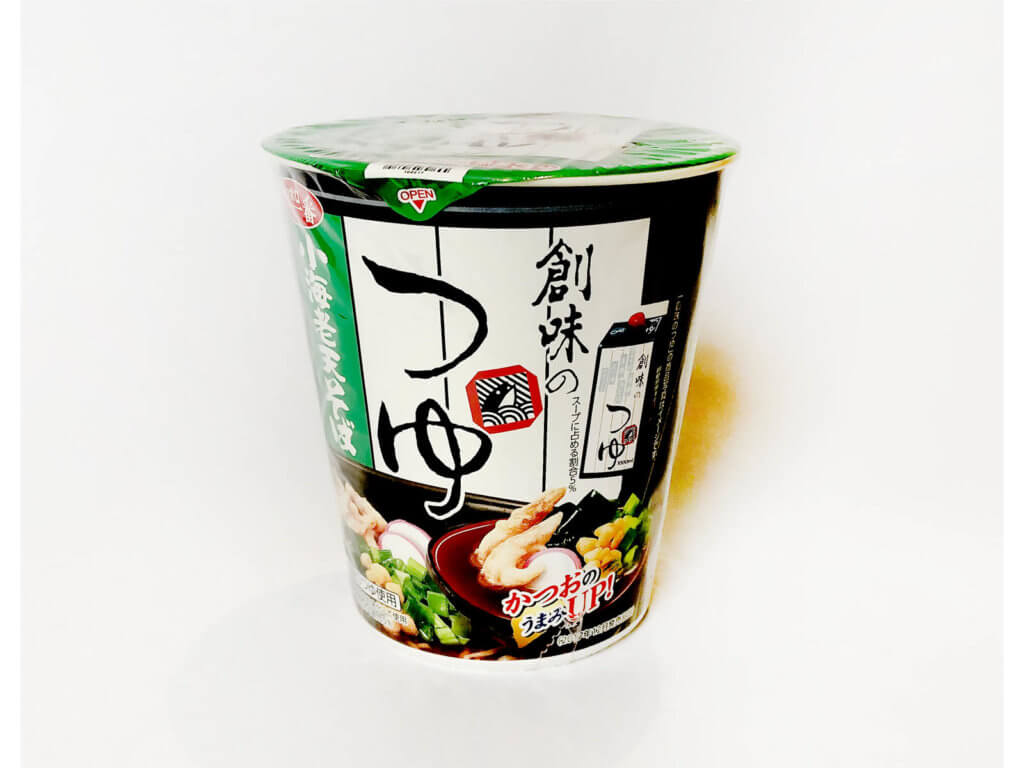
Being used to the simple, off-white color of regular instant ramen, I was surprised to be met with earthy tones upon opening this cup. This was my first “we’re not in Kansas anymore” noodle experience. It turns out soba noodles are traditionally made from a brown buckwheat flour, giving them their distinct coloring, and is even the traditional noodle of choice for Tokyoites. This seafood-inspired recipe was topped with small tempura shrimp, generous bits of seaweed, and even fish cakes. As soon as the hot water hit, the tempura hastily departed from its shellfish home to create a mildly unsatisfying crunch to every bite. However, besides the texture, this bowl’s unique, sea-faring flavor took my taste buds on a pleasant maiden voyage, hopeful for the noodles yet to come.
“My Friend” Big Tanuki Udon
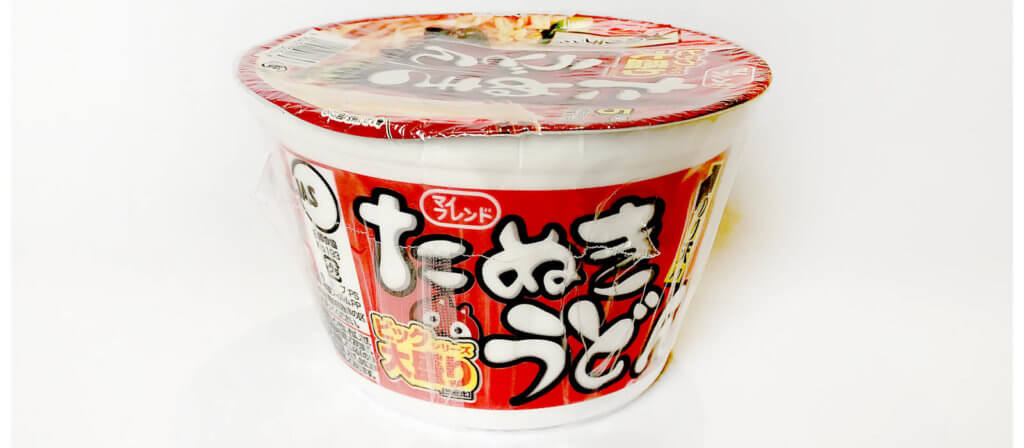
First things first: I’m happy to report that no tanuki were harmed in the making of this review. What’s a tanuki? Imagine if a raccoon, a fox and a dog fusion danced their way to the Cute Store. These varmints are venerated in Japan, swigging sake and flaunting their… unusually well-endowed business around as statues to bring good fortune to its owner. Unlike the shrimp soba, these noodles instantly piqued my interest with toppings like tenkatsu and seaweed, and the udon noodles themselves had a soft bite and a creamy broth, making me long for a proper winter — not the one us Texans are currently experiencing in our broken thermostat of a state. In the end, Big Tanuki Udon became more than just a friend. Actually, don’t tell anyone, but we’re kind of dating now.
Ginger and Vegetable Bean Noodles for Hot Pot
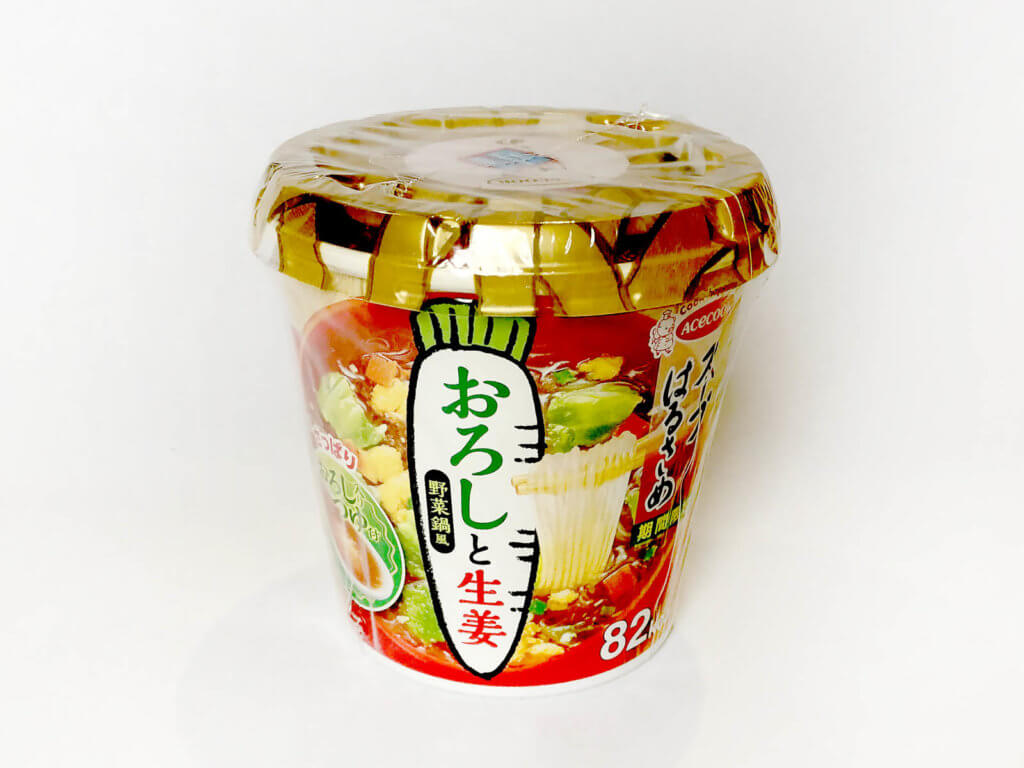
I’ll be the first to admit, the phrase “Bean Noodles” doesn’t exactly get my mouth hyped for what’s about to happen. However, it turns out this cup’s translucent contents were actually one of my favorites in this month’s crate. Bean noodles, or “glass noodles,” as they’re more elegantly referred to, get their unique appearance and springy-ness from the bean and potato starches they’re made from. Paired with the included kelp, bonito, ginger, shiitake mushrooms and light broth, these instant noodles were a perfect departure from the typical, sadder variety I get from my local Tom Thumb.
Neapolitan Spaghetti
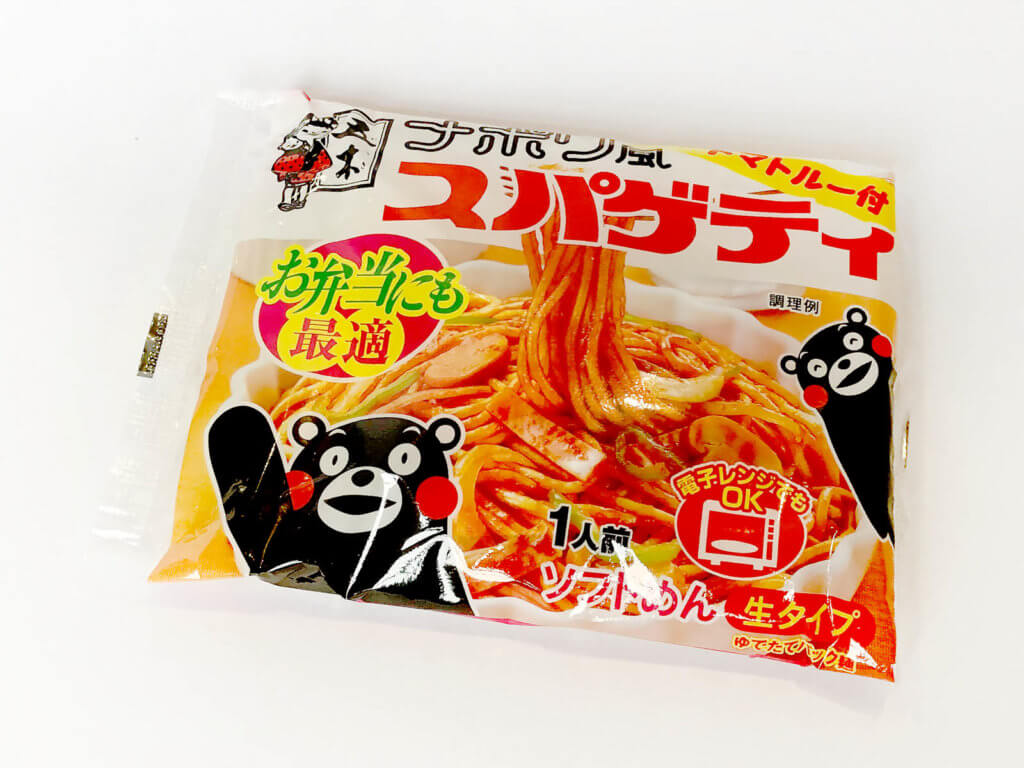
If Japan can birth the world’s most famous Italian plumber, then who am I to say they can’t put their own spin on the world’s most famous Italian dish? Sure, taking pre-cooked spaghetti out of a plastic bag was easily the most Charlie Kelly thing I’ve ever done, but the finished product took me by surprise. The included tomato seasoning was surprisingly robust, and the noodle texture was pleasantly al dente. While I’m not explicitly “craving” a round two with this recipe, unique flavors like this are what make subscription boxes like Umai Crate worth it. Final thoughts: 10/10 would spaghetti in Japan.
Red Bean Soup
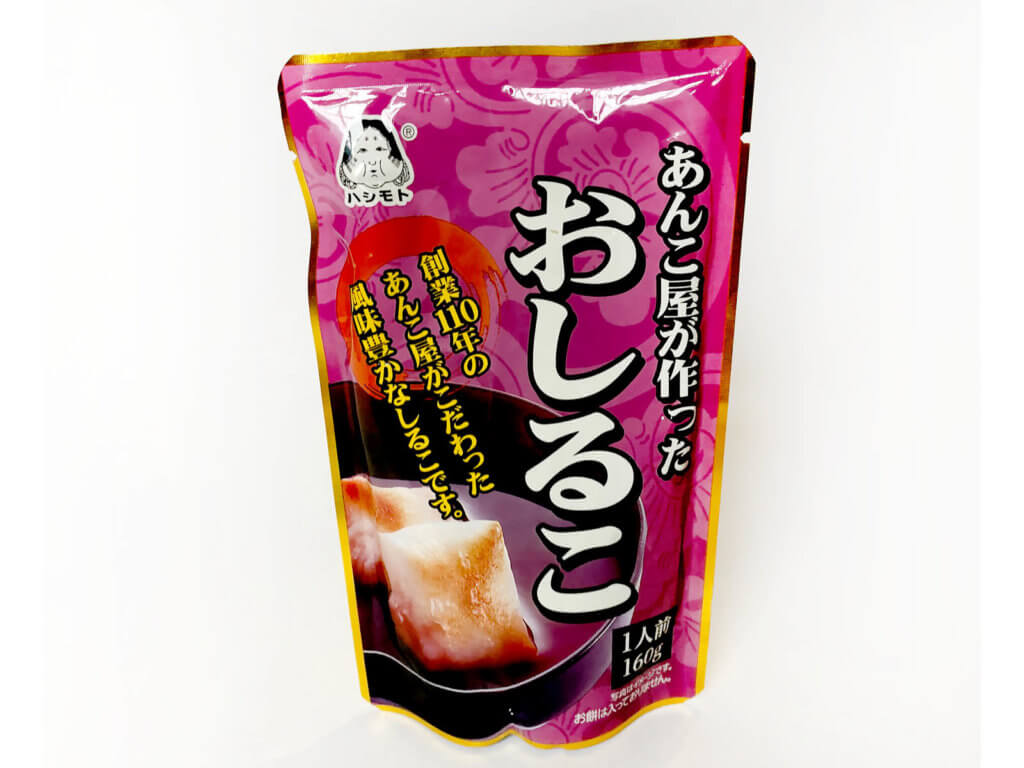
Unfortunately, this is where the beans hit the fan due entirely to my own hubris. Assuming this was like any other “add x to boiling water for x minutes,” situation, I poured the soup contents into water rather than using the water to heat the contents, and successfully created a pan full of boiling bean water. If I could do it again, I would have put the unopened package in the water for 4–5 minutes, removed it, and enjoyed a nice bowl of something that almost certainly tasted better than the bean Gatorade I concocted. Did I mention there was only one serving? *heavy sigh*
Kenko Foods Health Shio Ramen
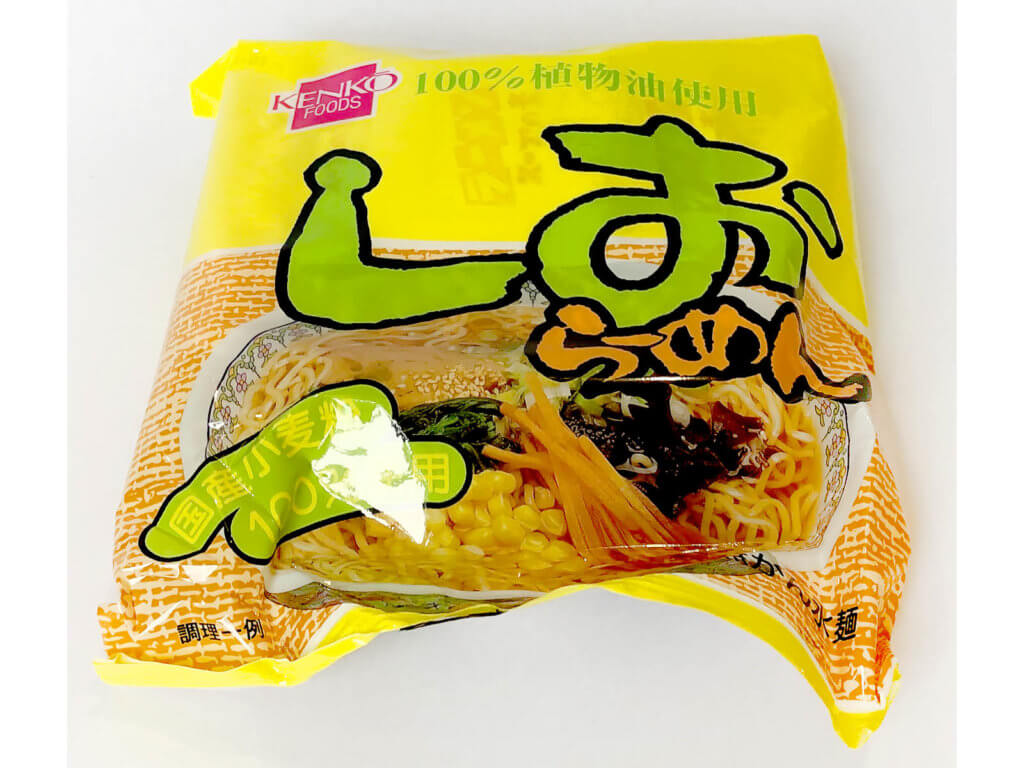
There’s typically a “healthy” option in each Umai Crate, promising your body a brief respite from the onslaught of sodium. Unfortunately, while this shio ramen didn’t leave me with the usual woes of post-ramen water retention, its flavor claims also failed to hold water. I’d recommend including your own blend of veggies or protein to bolster the lighter flavors — or be like me, shake in some soy sauce, and savor this thing we call “life.”
Chinese Noodles
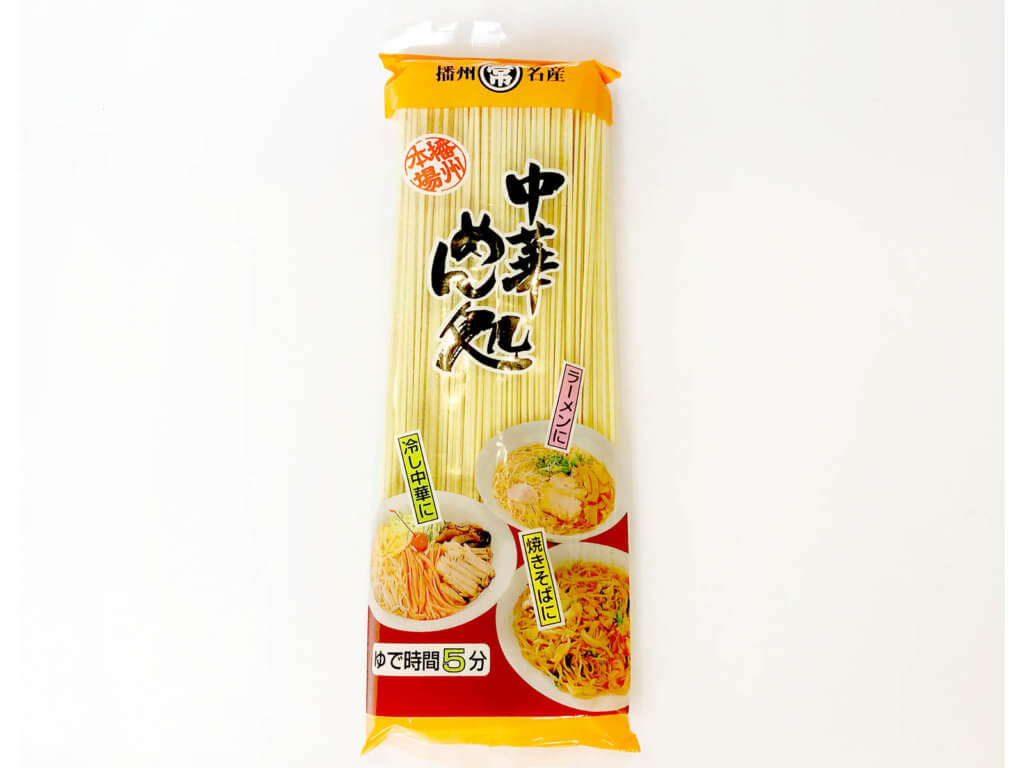
“Give a boy instant noodles, and you’ll feed him for like half an hour. But teach that boy how to make his own noodles, and you’ll feed him for… still really half an hour. Look, starches burn quick. I don’t know what you want me to do.”
-Anon.
In all seriousness, I appreciated Umai Crate including a blank canvas of noodles for you to leave your own impression on. I, for example, stir fried some baby bok choy (which is wonderful, if I might add, and if you haven’t tried it then you’re on the wrong side of history) and shrimp in a peanut sauce that made my apartment smell delicious for literally five straight days.
Yuzu Pepper Nabe Base
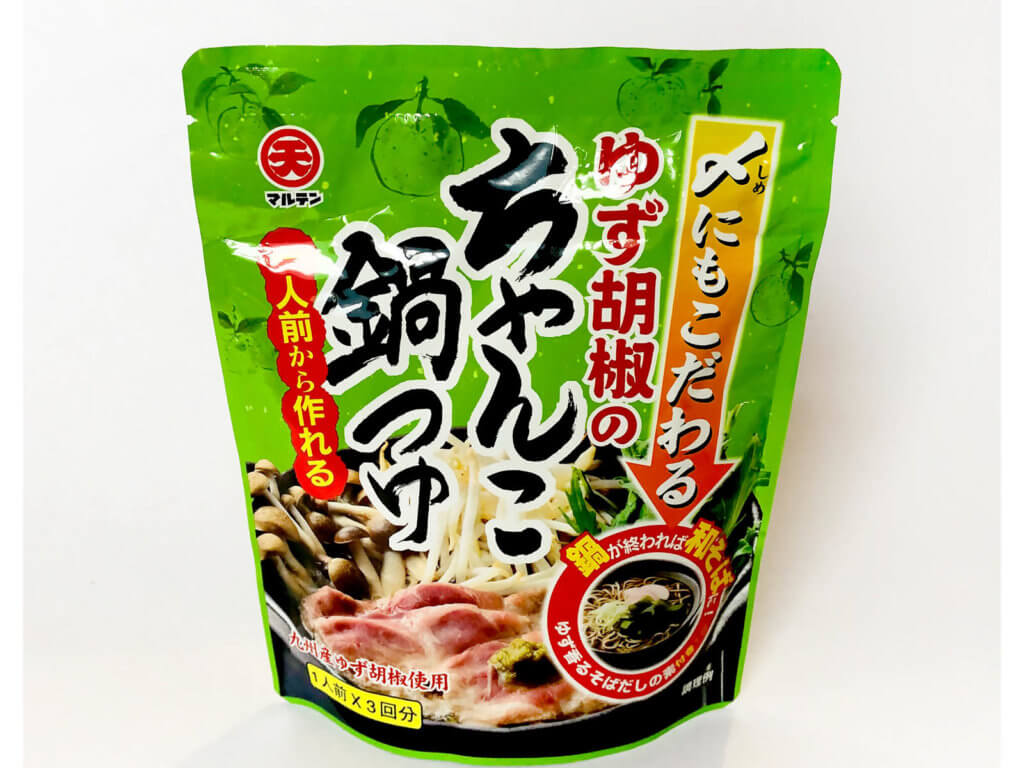
I don’t own earthenware, nor is my stove portable, nor do I yet truly understand the culinary waltz that is preparing nabe. From what I gather, it’s the pursuit of endless soup, and I think that’s beautiful. After re-re-reading the instructions so as not to create another red bean fiasco, I eventually succeeded in combining my choice of veggies with the included nabe base to create a pot full of very good, very hot stew. While the nabe flavors were delicious in the moment, I’ll savor the memories forever.
Bonus: Momiji Oroshi Paste
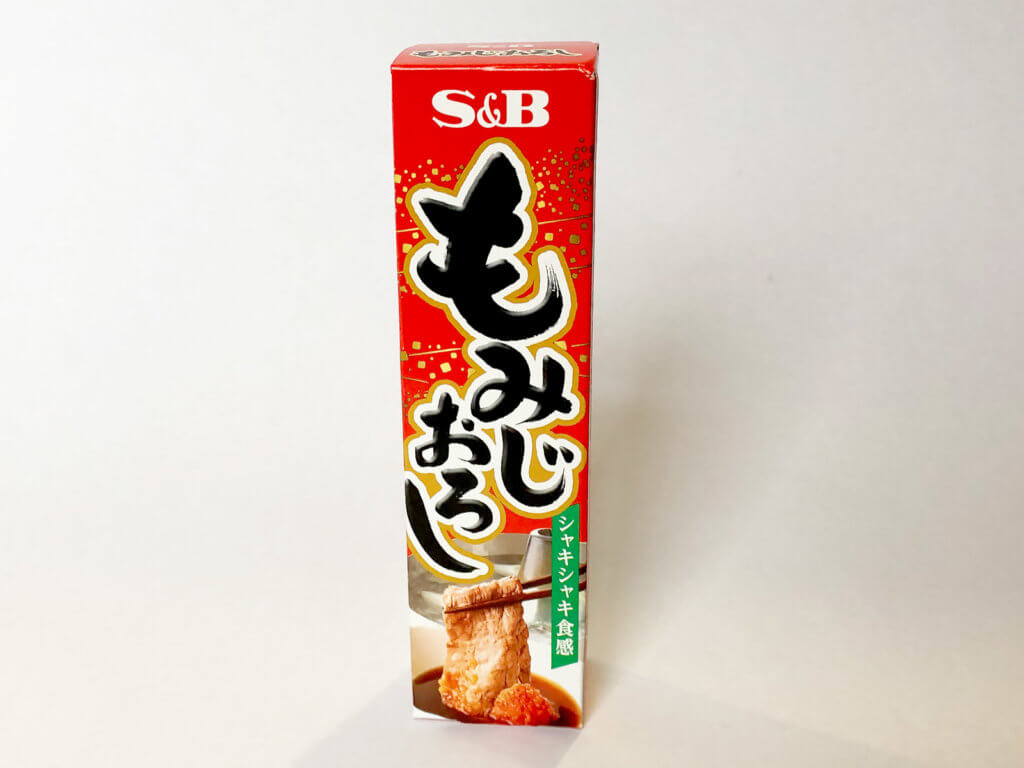
This month’s bonus item is a paste made from daikon, a Japanese radish, and spicy pepper paste. It was good.
Value
Umai Crate is $30 per month, including free shipping. Five instant noodle packs, one pack of Chinese noodles, a 3-pack of nabe soup stock, and one pack of tragic red bean soup all averages out to be just under $4 per item.
Verdict
Considering $4 is on the lower end of the “premium” instant noodles you’ll find here in the states, I’d say the crate is definitely worth it. Especially if you’re a fan of staying up to date with noodle culture overseas. To get the most for your money, I’d recommend treating each noodle pack as a learning experience. Experiencing firsthand the subtle nuances of udon, soba, and countless other varieties is an affordable way to “experience the flavors of Japan through noodles.” If you’re interested, check out Japan Crate’s other subscriptions for even more Japan-inspired goodies.
The Good
- A monthly opportunity to experience instant noodles unavailable outside of Japan.
- Need to cancel or pause your subscription? Japan Crate’s user-friendly system makes the process a snap.
- The bonus items are fun and/or delicious additions to the box.
- You get a very large, very yellow, Japanese box emblazoned with an anime man delivered to your desk in front of the entire office.
The Bad
- Food allergy information is hard to pinpoint, being entirely in Japanese, and requires some extra legwork.
- Vegetarian options, while present, make up a minority of the crate’s contents.
- If you just want a quick meal, the crate’s cost might not be worth it. The noodles are meant to be enjoyed at a slower pace to appreciate each ingredients' quirk.

Featured Sponsor - JAST
The sweetest romance and the darkest corruption, the biggest titles and the indie darlings; for visual novels and eroge, there's nowhere better.
Big thank you to our supporters
From their continous support, we are able to pay our team for their time and hard work on the site.
We have a Thank-You page dedicated to those who help us continue the work that we’ve been doing.
See our thank you page